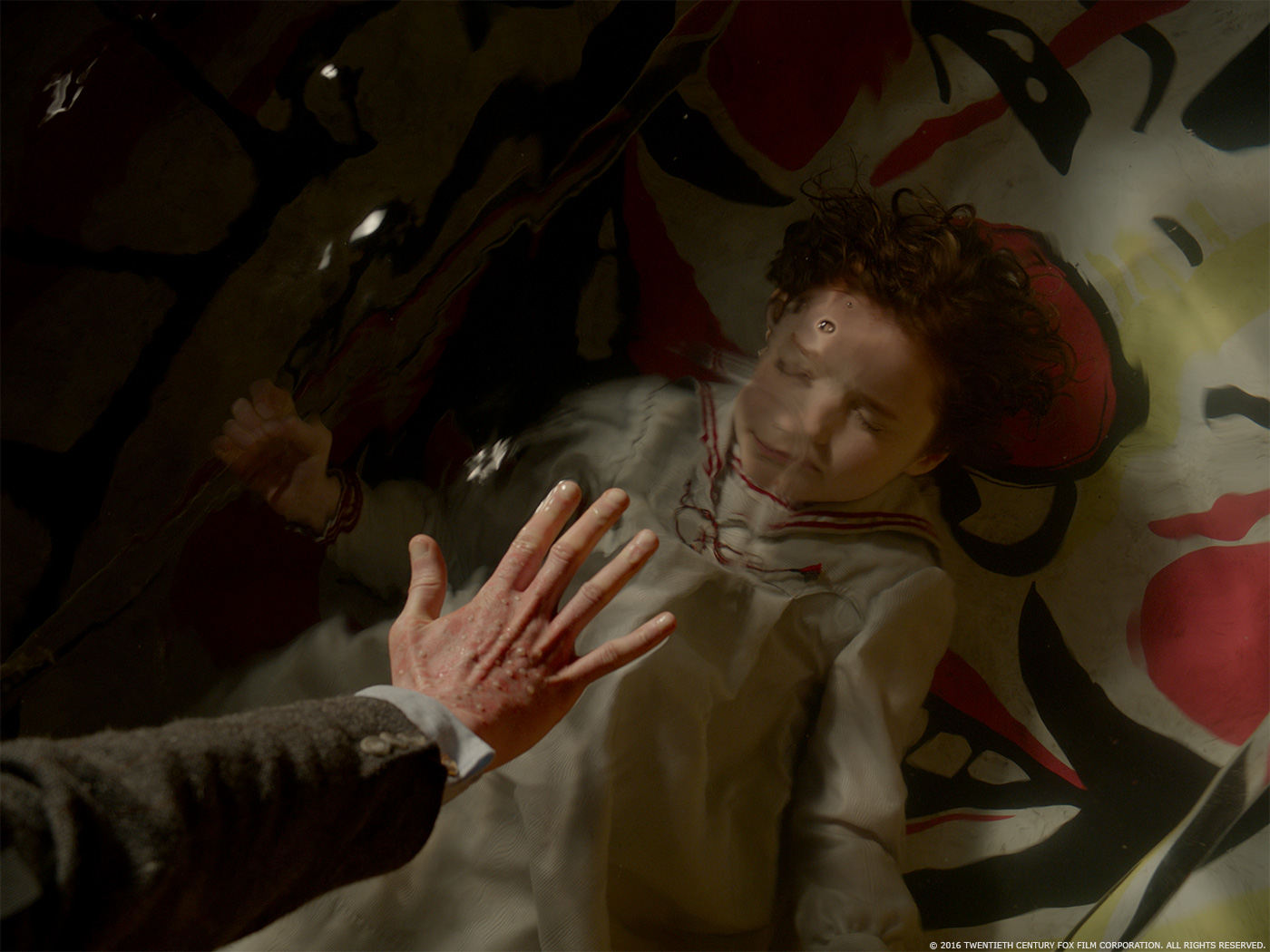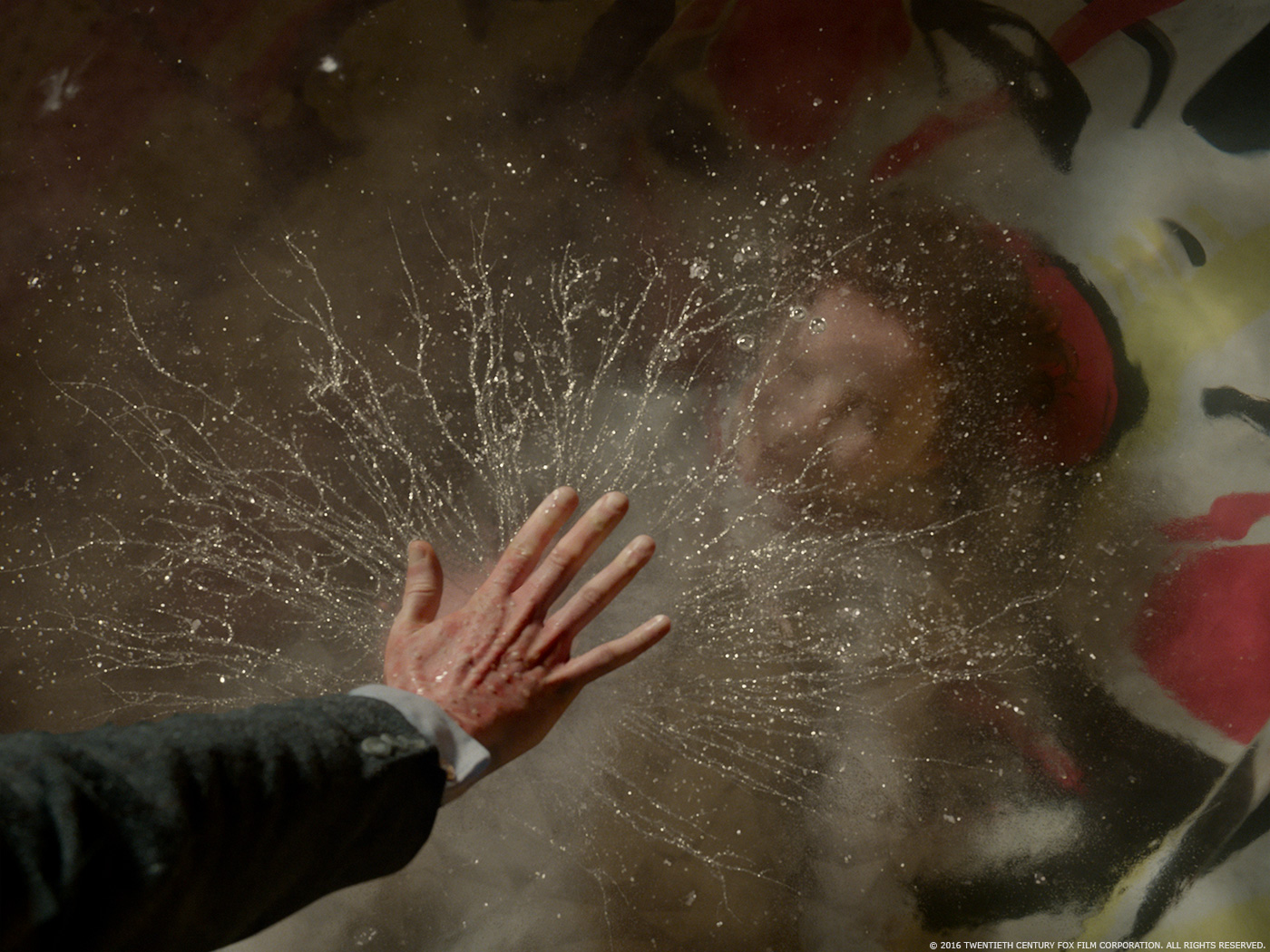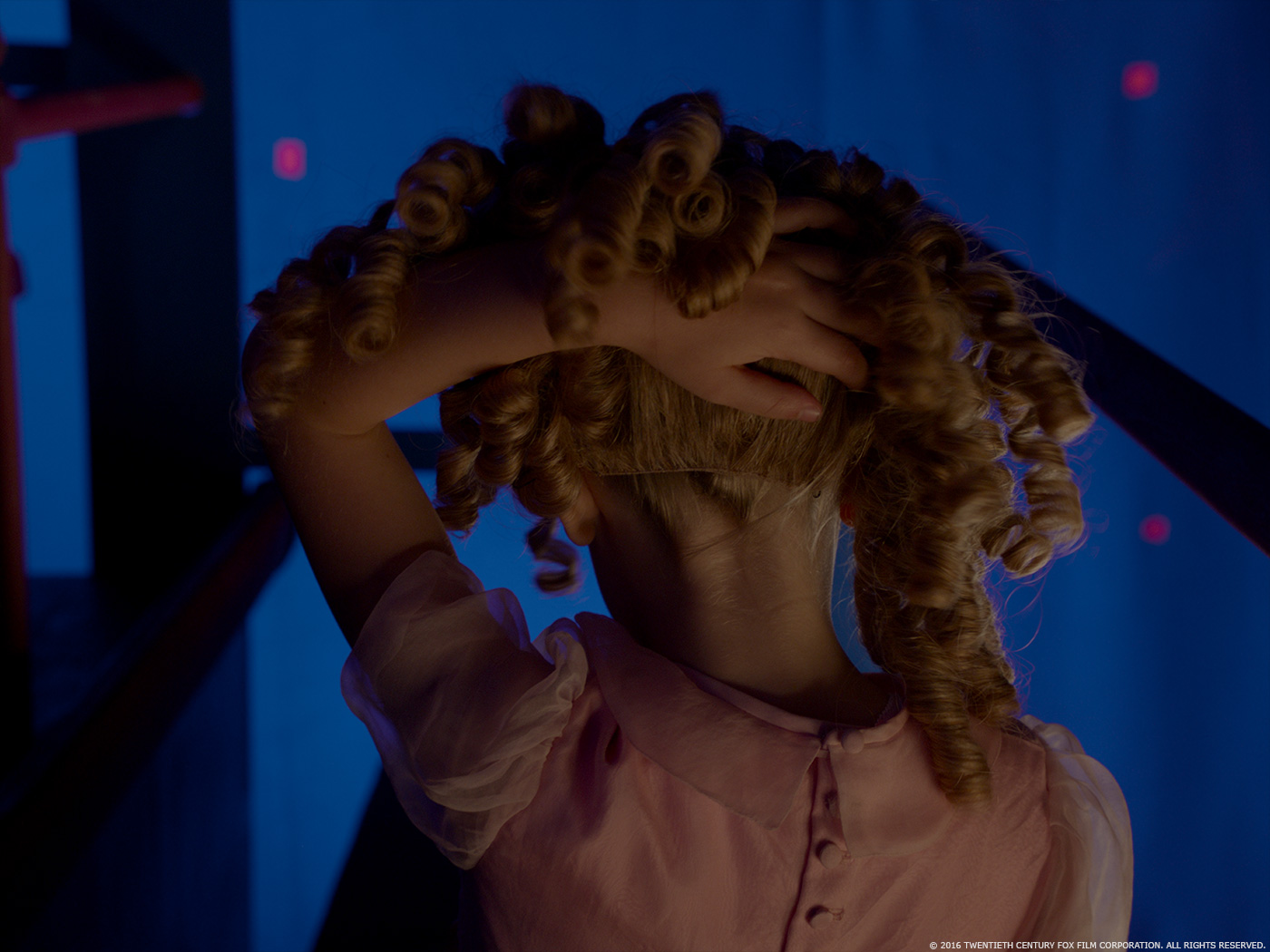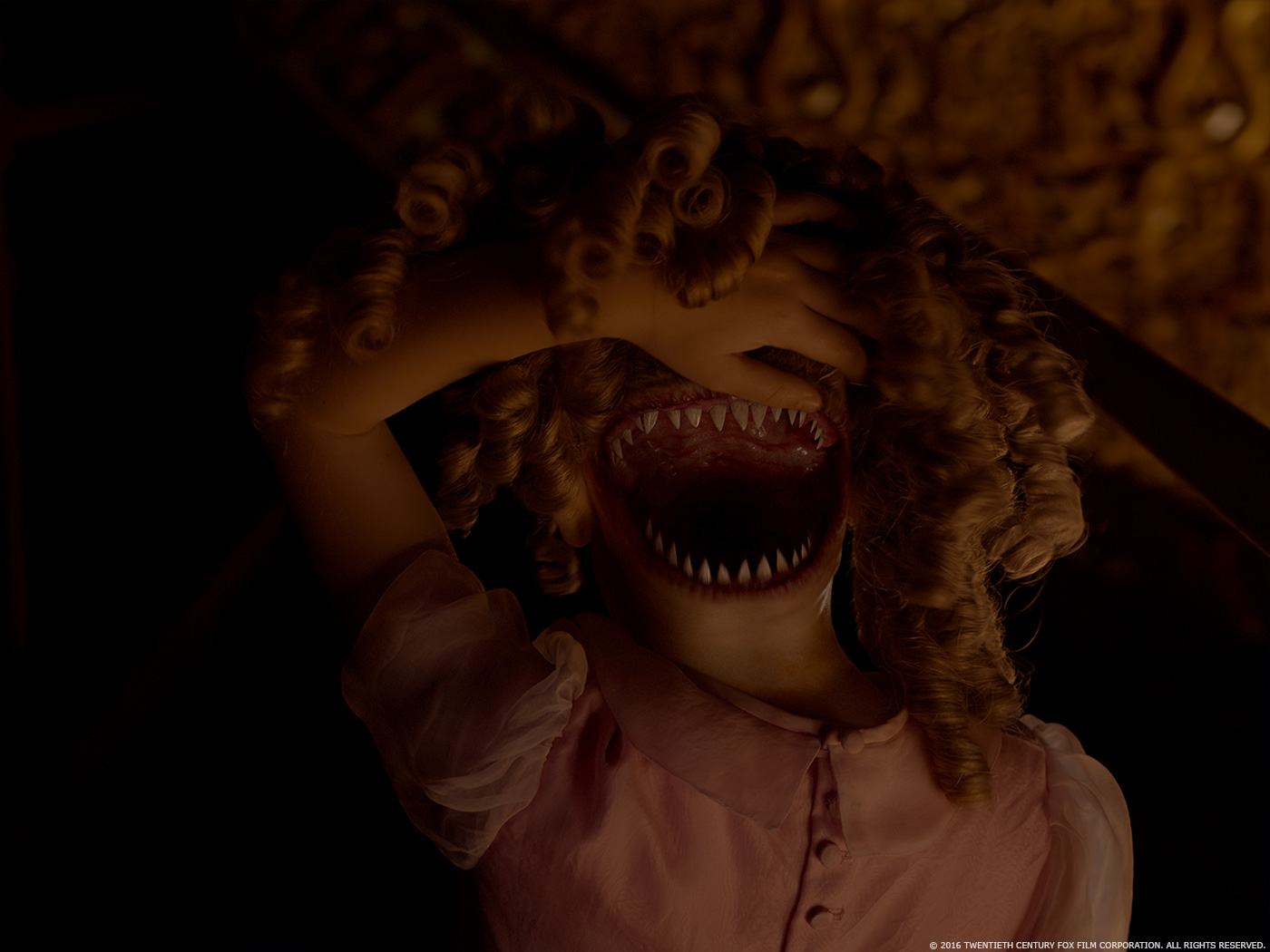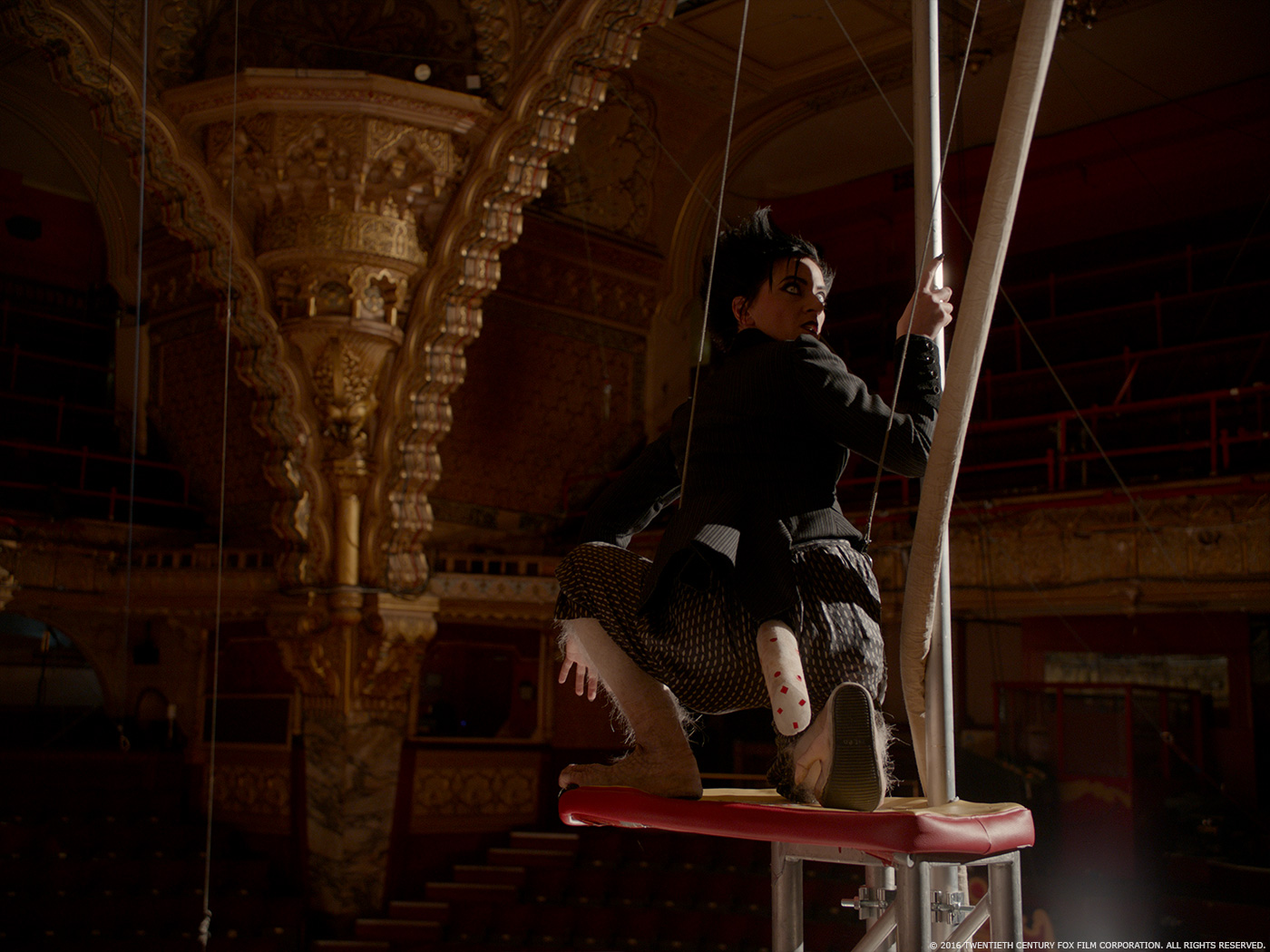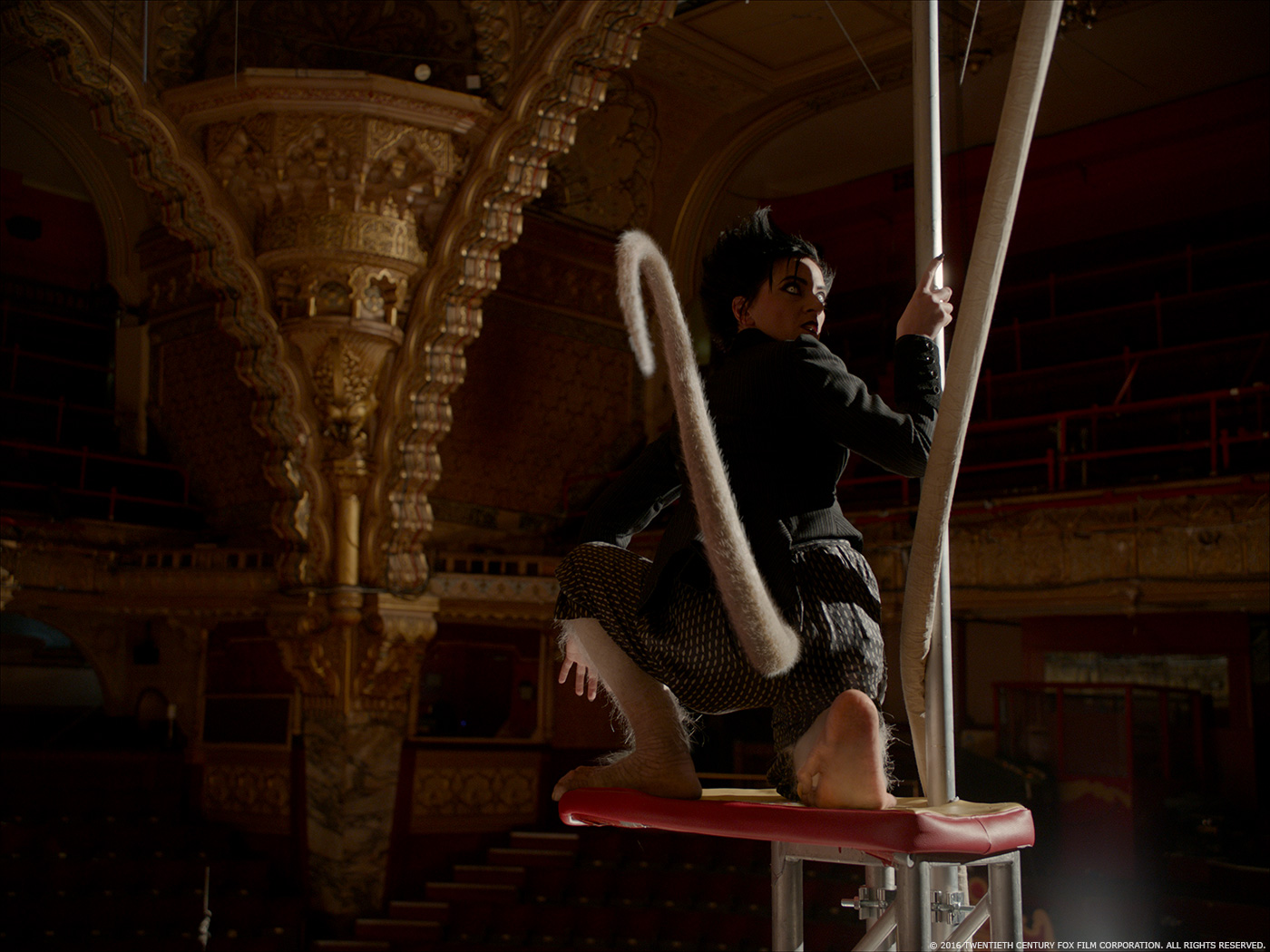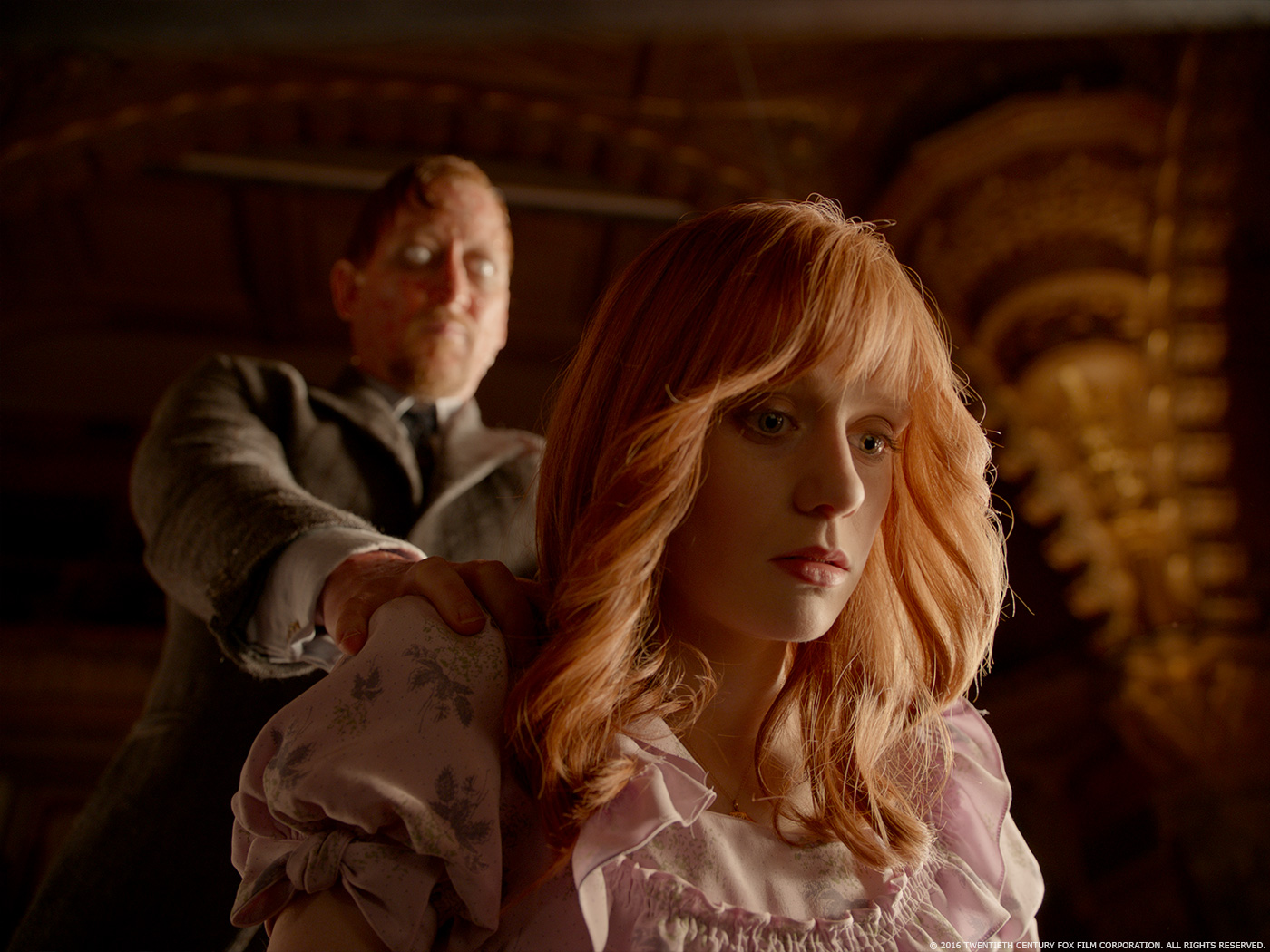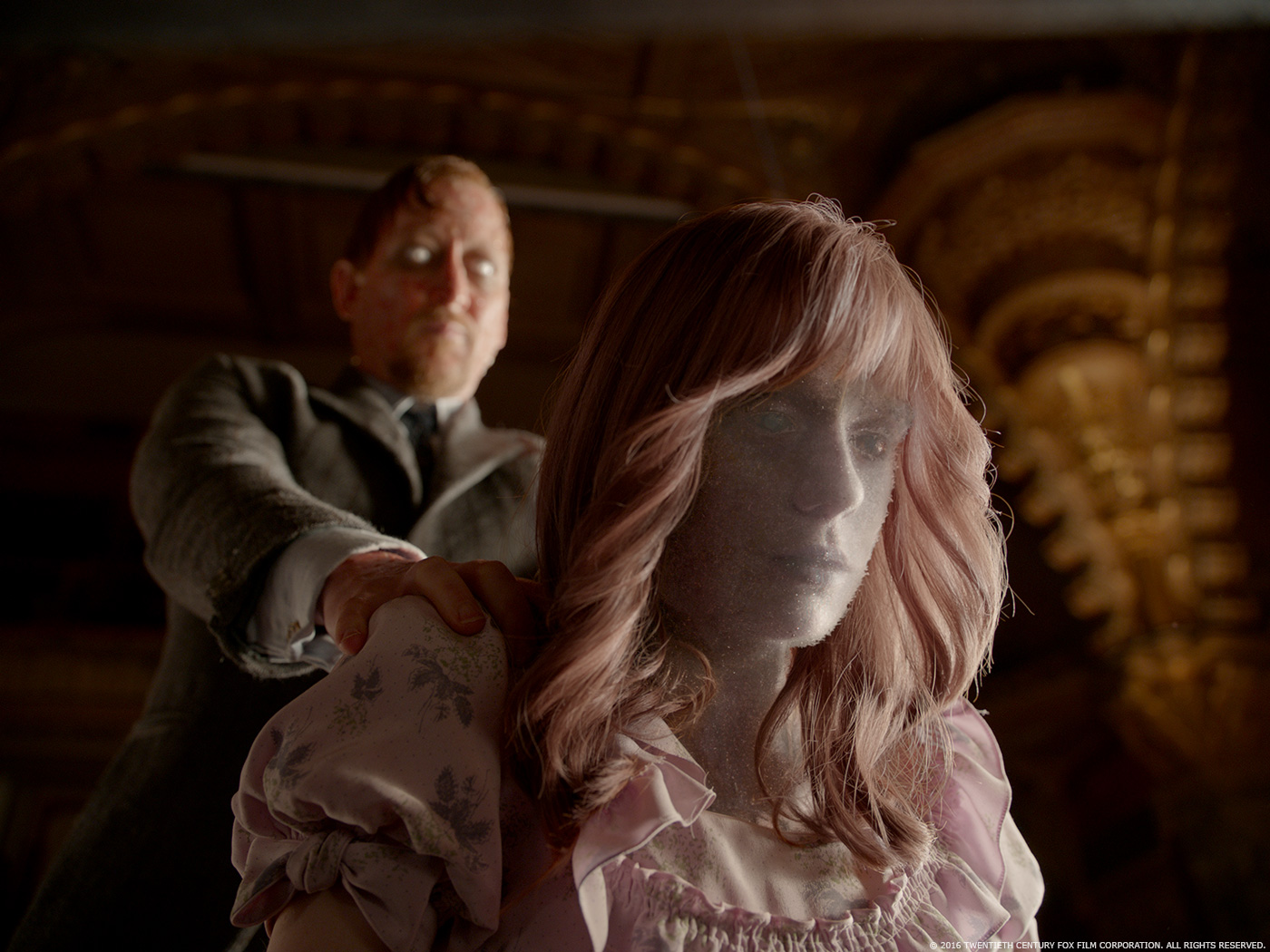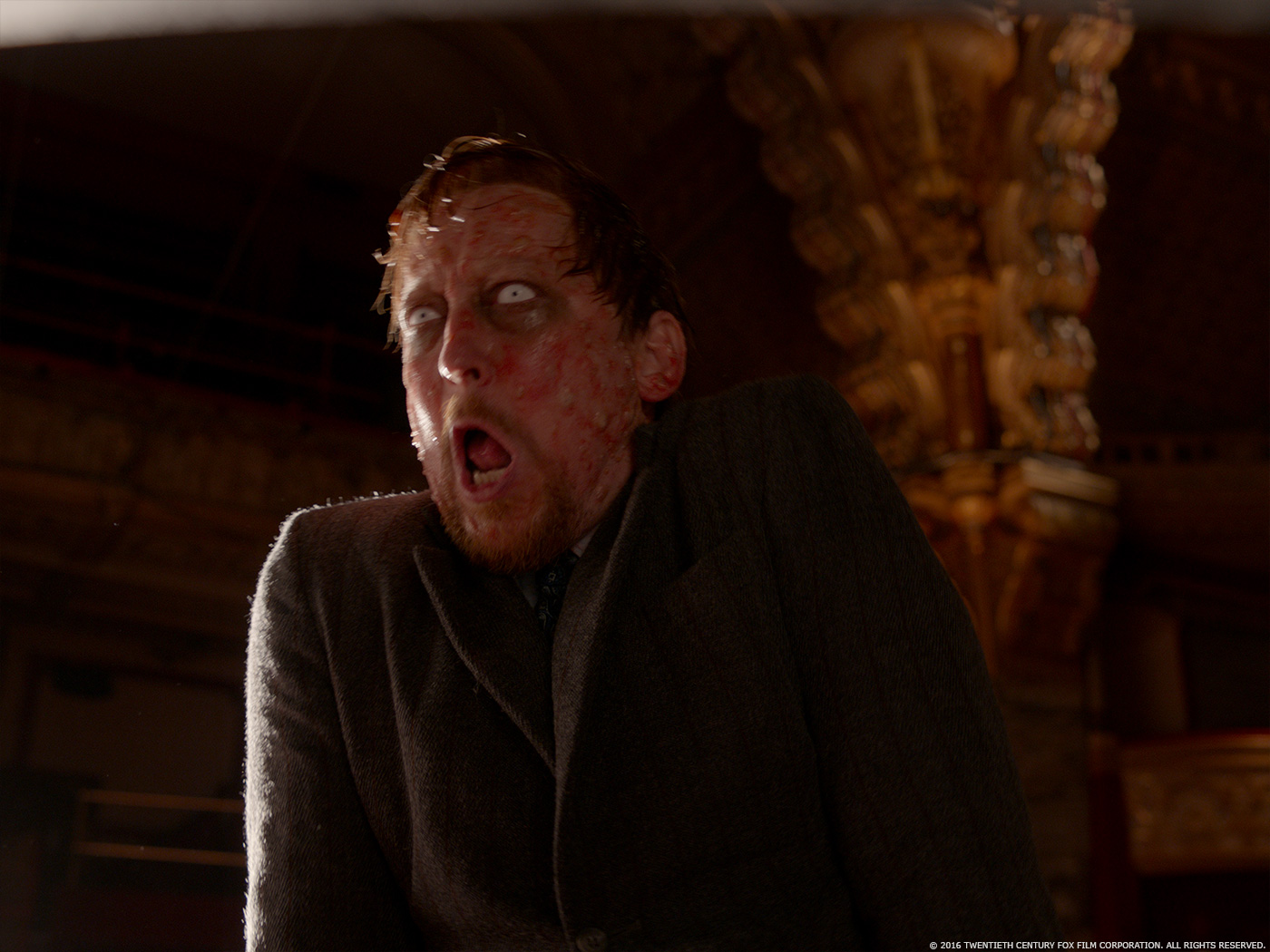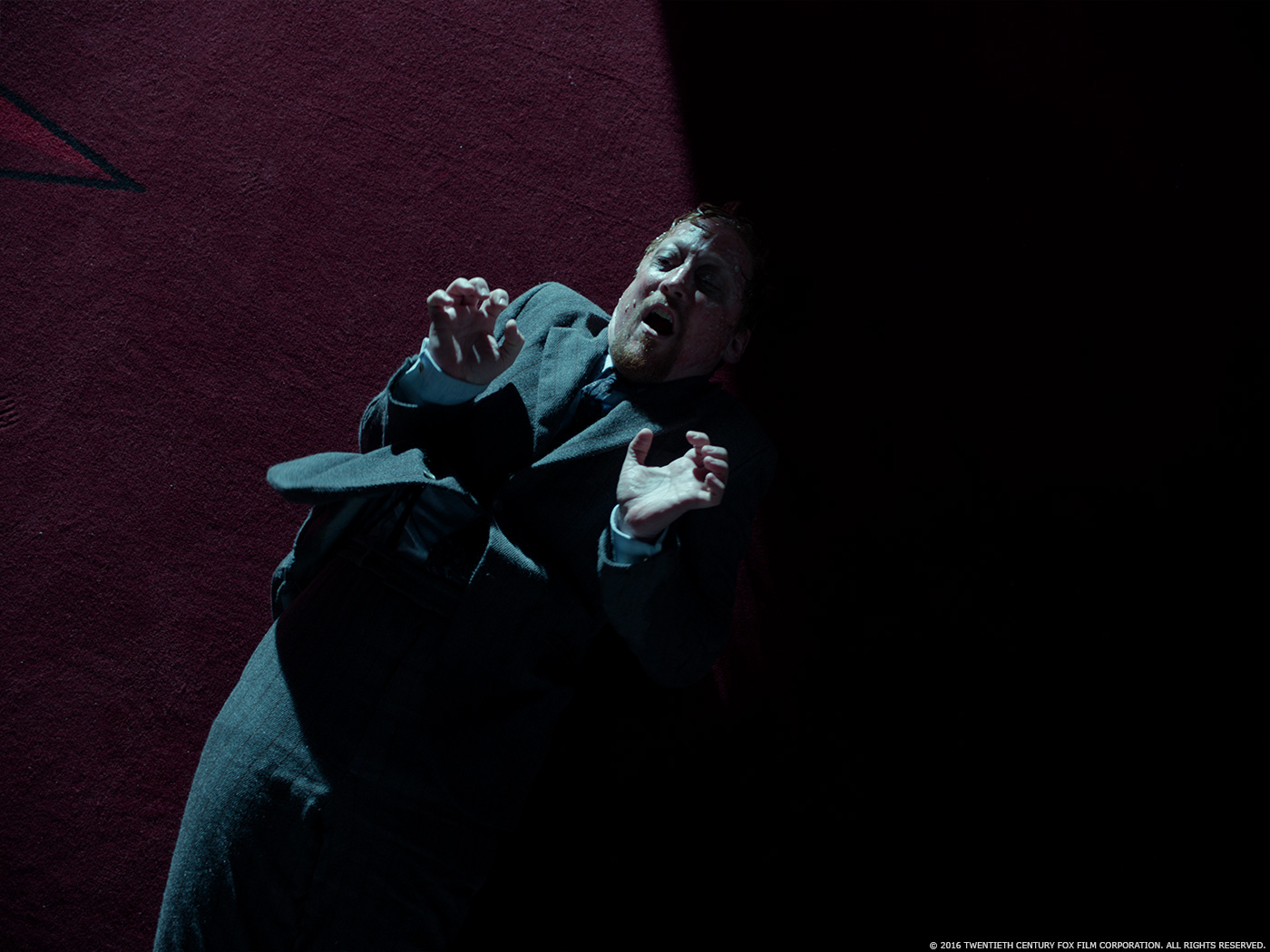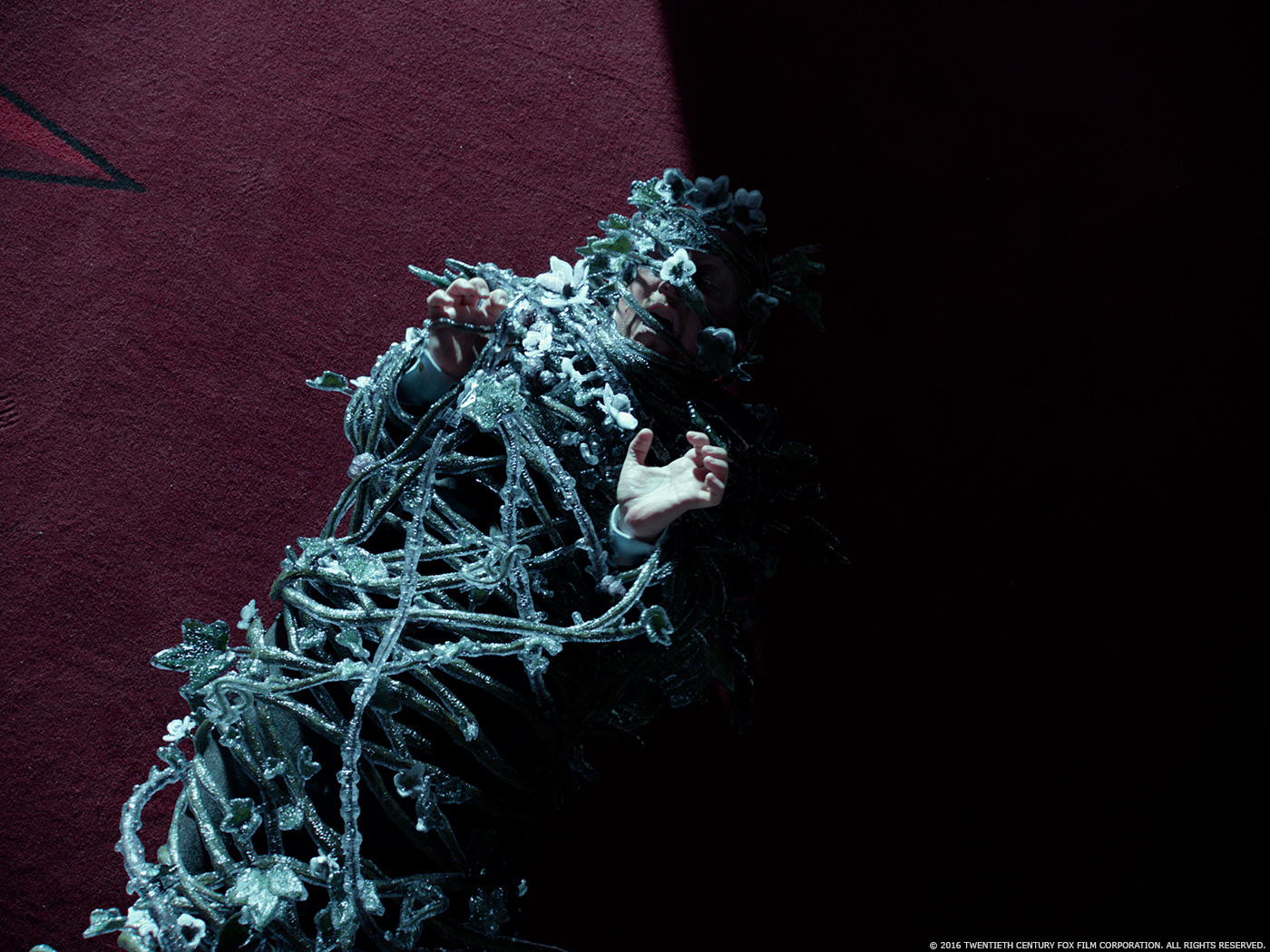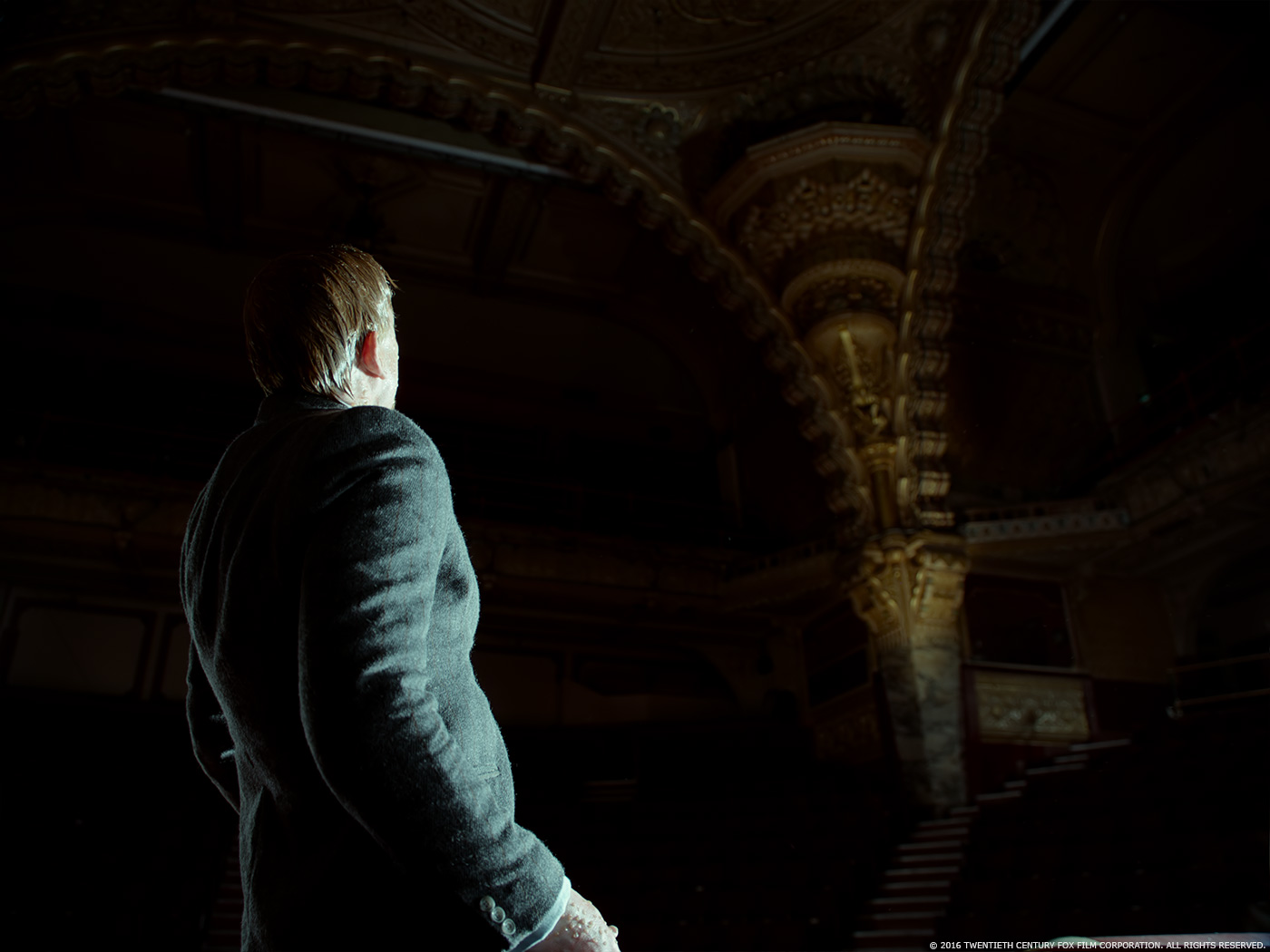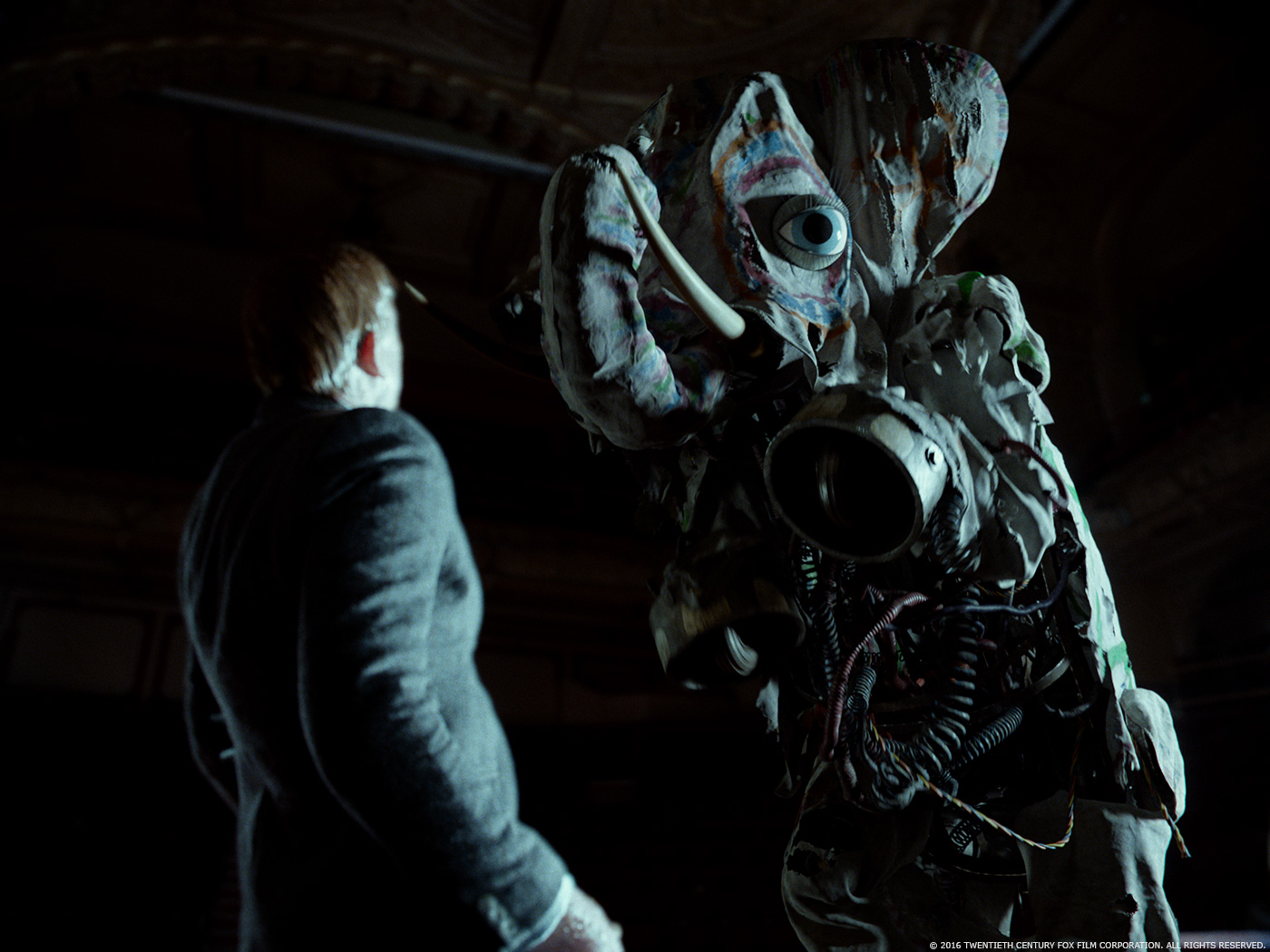Daniel Tarmy worked in many studios like Digital Domain and Sony Pictures Imageworks before joining MPC for PROMETHEUS. He worked on many projects such as WORLD WAR Z, 47 RONIN, GOOSEBUMPS or THE FINEST HOURS.
What is your background?
I’ve been working in computer graphics in one form or another for over 20 years. I got my BFA from Syracuse University in photography where I also stumbled into their computer graphics program. In the 90s I worked for some small games companies in San Francisco as a generalist, because everyone was a generalist back then. I wasn’t until 10 years later that I started working on feature films as a lighter/ compositor.
How did you and MPC got involved on this show?
MPC has had the privilege of working with Tim Burton on a number of shows. When Miss P came along, it was only natural that once again we would help collaborate and bring his vision to the screen.
What was your feeling to work with such an iconic director?
It was fantastic to be a part of Tim’s process and experience how he approaches film making. Learning about what is important to him, and what he feels he needs to tell his story was a lot of fun.
How was your collaboration with VFX Supervisor Frazer Churchill and VFX Producer Hal Couzens?
Frazer and Hal were just great to work with. I know it sounds like I’m just saying everyone is amazing, but in this case it happens to be true. Frazer would brief us on the work and on what Tim wanted to achieve, and together we would discuss avenues to reach that end game. If something wasn’t progressing as desired, Frazer was always open to discussing what the problem may have been and together we would find a solution.
What was their approaches and expectations about the visual effects?
As I said, their approach was really collaborative, more so than most projects I’ve been a part of. They expected no less than an exciting, good looking shot.
How did you approach and created the various effects of the children?
For the mouth in the back of Claire’s neck, we began by modelling a head to match the size and shape of the young actress, and then created the many toothed mouth within that form. In her shots, we would up replacing the entire back of her neck and her hairline to better integrate the CG mouth.
When it came to Miss Edwards, we replaced here feet and legs (up to the calf) in many of the shots to give her feet more of a creature feel. Her tail was also replaced so that it could behave as another appendage. In both cases we followed very traditional CG approaches that leveraged the clean cinematography we were provided.
Did you share assets with Double Negative?
A few, but not many. For the most part our work was self-contained. We shared some renders as well to enhance each other’s shots.
Can you tell us more about the design and the creation of the Twins faces?
The Twins were a bit of an exploratory project. Tim really wanted that moment where the audience finally got to see what was under their hoods to catch us off guard. Our art department experimented with various looks from subtle and pale, to decaying and gross. In the end, Tim really liked the idea of the fish-like scales as it felt like it was an unnatural appearance, rooted in a something that occurs in nature.
The Twins turns a character into stone. Can you explain in details about this effect and its destruction?
After we match the general look of the practical stone model, our Lookdev department started developing a shading network to control the transition from skin to stone using procedural textures. The plan was to drive the transition through several layers running some veins first, then a soft edge blend about 2cm in real size, then a hard edge blend with some very small stones to mimic the look of pouring cement and finally a solidification transition changing the colour slightly. At the end we’ve rendered all this layers in several passes to define the final look in Comp. (NDR: Answer by Victor Lizaragga, CG Supervisor)
Can you tell us more about the flames created by Olive?
Olive’s flames were a combination of some filmed elements and some FX simulations. When Mr Barron’s jacket catches on fire, we thought about using 2D elements there, but in order to get the fire to grow along his back and follow him properly as he struggled to remove his jacket, we found the only effective solution to be a proper 3D sim.
One of the bad guy can use ice and freeze Olive. How did you created this effect?
Olive freezing came together with the help of our FX department. Often these types of freezing effects are done as 2D effects in Nuke. In order to better match Olive’s movement see changes to the lighting of the ice crystals, we created a library of ice crystals and simulated actual growth of these crystals until her exposed skin was covered in ice.
Can you tell us more about the girl that creates plants?
After analyzing our main sequences, we knew we had to develop a technique to make some vines to flourish from seeds into a full plant that traps a character and by then later get them frozen and braking them in hundred pieces. To accomplish this our Assets department in London has built a complex but flexible rig to animate each vine and his elements separately and letting the animator to control the amount and position of each leaves, thorns, flowers and berries.
For the growing effect we used some primVars, that is a way in Renderman to attach arbitrary data into the geometry, and by reading this data in our shading network we were able to control the visibility of the elements depending of where the tip of the vine was travelling and triggering colour variation, for example to smoothly change the berries tones based on the size so green at the beginning and then either red or black at the end. (NDR: Answer by Victor Lizaragga, CG Supervisor)
Millard is an invisible child. How did you approach and created this effect?
Millard was a pretty straight forward paint/ replacement character. First our Bangalore rotoanim team expertly matched the movement of the actor, and our prep team used a clean plate to paint out his head. Next up our techanim cloth and lighting departments worked up the digi-double clothing and hat so that we had renders of the inside of his shirt, jacket, and hat. Finally compositing would mix and match between the plate and the CG clothing to reveal the cleanly painted plate behind him.
How did you extend the Circus set?
There was no magic to this one. Frazer and Hal provided a lot of great reference photography as well as a Lidar scan of the environment. For the extensions we used the material we had to paint in more seats, walkways, etc and created simple models to project them on behind the Lidar so that they would exist in proper 3D space. For some shots they had no plate at all so we used the same reference photography to stitch together and paint up the set from a slightly different angle.
Was there a shot or a sequence that prevented you from sleep?
Honestly not really. This was a very smoothly run show both internally and with our clients, and sometimes that can make all the difference between a difficult talk feeling achievable vs overwhelming.
How long have you worked on this film?
MPC worked on Miss P for about 10 months, though the bulk of the work was done in the first 7 months.
How many shots have you done?
We delivered just short of 200 shots.
What was the size of your team?
Between Montreal, London, and Bangalore we had about 65 artists on the show working across many disciplines.
A big thanks for your time.
// WANT TO KNOW MORE?
– MPC: Dedicated page about MISS PEREGRINE’S HOME FOR PECULIAR CHILDREN on MPC website.
© Vincent Frei – The Art of VFX – 2016


